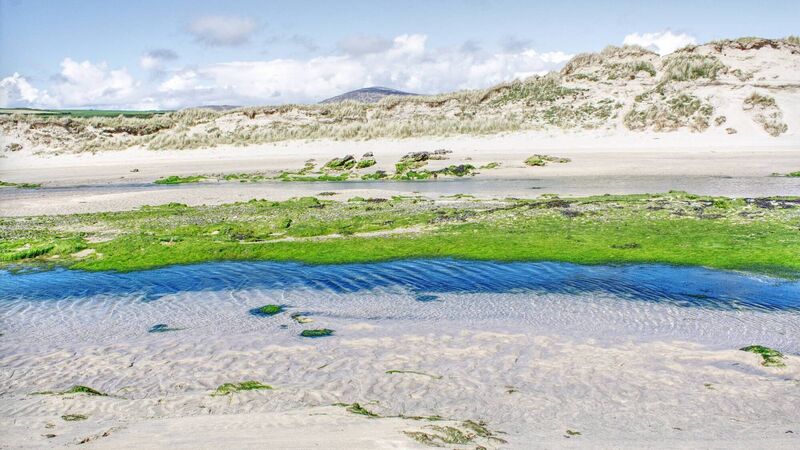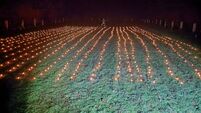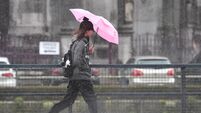Barleycove dunes formed 'overnight' thanks to Portuguese earthquake

Barleycove's tsunami dunes are set to become a site of international significance. Picture: Anthony Beese
Local folklore in West Cork has it that the famed sand dunes and strand in Barleycove sprung up following one of Europe's greatest natural disasters more than 250 years ago.
Dr Anthony Beese, a long-time geologist based in Rosscarbery, believes he has unearthed compelling evidence to suggest the legends are true.
Ireland suffered significant tsunami damage following a monster earthquake in Portugal in 1755, which modern scientists now believed to have registered as an 8.4 on the Richter scale.
By comparison, the 2011 earthquake off Japan that caused devastating tsunamis registered as a 9.0.
Portugal has seen earthquakes of severe magnitude in 1321, 1531, 1755, and 1969, with scientists believing that another is possible, albeit not on the scale of the 1755 disaster which ravaged Western Europe.
The tsunami was so powerful in 1755 that it is said to have been responsible for the partial destruction of Galway’s Spanish Arch, while also making an island out of Clare’s Aughinish, which had been connected to the mainland before that.

Dr Beese said the new geological study has shown that the oral traditions about Barleycove are correct.
"Local people have always claimed that the dunes there ‘came up’ after the 1755 Lisbon Earthquake, and that the adjacent strand formed overnight. Similar anecdotes relate to other locations along the West Cork coast including Cape Clear, Rosscarbery and Castlefreke.
"Such a result would make Barleycove the only location in northwestern Europe where sediments from the Lisbon Earthquake are clearly exposed," he said.
Dr Beese, who has been researching the impact of the Lisbon event on the Irish coast for many years, determined that layers exposed in a sand cliff were formed underwater, rather than blown by wind as previously assumed.

He said that the water-lain sand can be identified in scattered exposures across the full width of the estuary and that these exposures are the result of erosion by tidal swells in the adjacent channel.
Dr Beese said he believes that the disturbed and slumped sequences at Barley Cove could only have been caused by repeated sand flows generated by a massive flood.
Depleted dunes were rebuilt overnight and a new strand was formed in front of them, according to his study.

"So it turns out that everything the old people said is true. A great heap of sand was deposited by an extraordinary flood. Overnight."
His hypothesis will now be tested by dating the sand. Prof Mark Bateman, head of the Optical Luminescence Laboratory at the University of Sheffield, will evaluate the evidence. If Prof Bateman can date the peculiar deposit to the last 300 years, then Barley Cove will be confirmed as a site of international significance, Dr Beese said.
He has published his preliminary findings in the Irish Quaternary Association Newsletter No 66, and a book about the impact of the Lisbon Earthquake on the Irish coast is due to be published in 2022.












